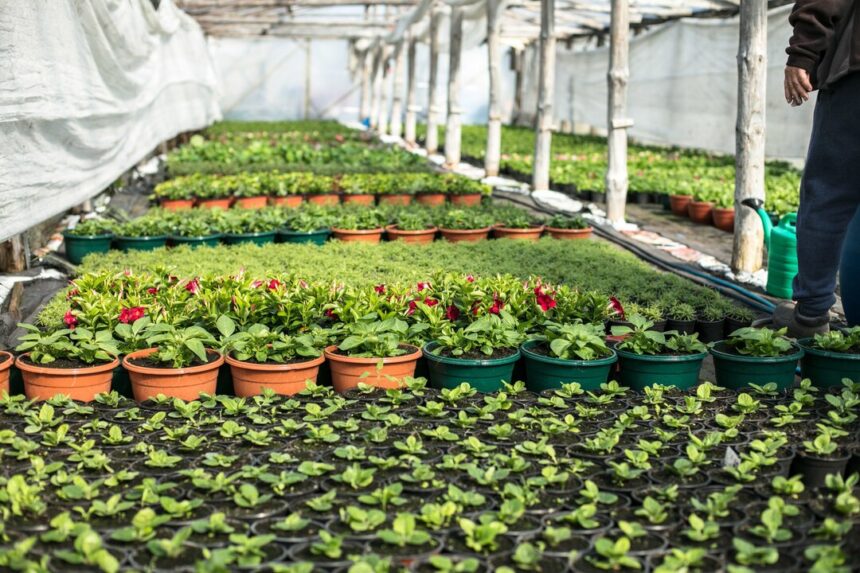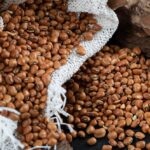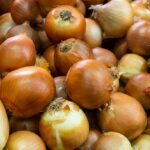Rooftop farming is gaining traction in South Africa as farmers and urban growers look for innovative ways to maximize limited space. From providing fresh produce to urban areas to promoting sustainability, rooftop farming offers numerous benefits. However, it comes with unique challenges that can hinder success if not addressed. Here are 10 common mistakes South African farmers should avoid in rooftop farming.
1. Failing to Assess Structural Integrity
One of the biggest mistakes is neglecting to evaluate whether the rooftop can handle the additional weight of soil, plants, and water. South African rooftops are not always designed for farming, and excessive weight can cause structural damage. Consult a structural engineer to assess the roof’s load capacity and ensure it can support your farming setup.
2. Using Inappropriate Containers or Beds
Choosing the wrong containers or planting beds can lead to poor plant growth and inefficient water use. Use lightweight, durable containers with proper drainage to prevent waterlogging. Fabric grow bags, raised beds, or recycled materials like plastic tubs are excellent options for rooftop farms.
3. Neglecting Waterproofing
Water seepage can damage the rooftop and the building below. Overlooking waterproofing is a common error that can lead to costly repairs. Invest in high-quality waterproof membranes or liners to protect the roof from moisture.
4. Ignoring Wind Protection
Rooftops are more exposed to wind than ground-level farms, which can damage plants and dehydrate soil. Many farmers underestimate the impact of wind. Use windbreaks like mesh screens, trellises, or strategically placed taller plants to shield crops from strong gusts.
5. Overloading the Roof with Soil
Using heavy, dense soil increases the risk of overloading the roof. Instead, opt for lightweight potting mixes that are rich in organic matter. These mixes provide adequate nutrients and retain water without adding unnecessary weight.
6. Poor Drainage Management
Improper drainage can lead to water pooling, root rot, and structural damage. Farmers often forget to install proper drainage systems. Ensure that water flows away efficiently by using drainage mats or sloped surfaces and prevent blockages with regular maintenance.
7. Planting Without a Sunlight Plan
South African farmers often overlook the importance of sunlight in rooftop farming. Crops require specific light conditions, and not all rooftops receive uniform sunlight throughout the day. Observe the rooftop’s sunlight patterns and plant crops accordingly—leafy greens thrive in partial shade, while tomatoes and peppers need full sun.
8. Overlooking Climate Considerations
South Africa’s diverse climate zones can significantly impact rooftop farming. For example:
- Highveld regions: Be mindful of frost in winter and intense heat in summer.
- Coastal areas: Protect plants from salty air and strong winds.
- Arid regions: Use efficient irrigation systems to combat water scarcity.
Failing to adapt to local conditions can lead to crop failure.
9. Inadequate Irrigation Systems
Rooftop farms often suffer from inconsistent watering due to poor irrigation planning. Hand watering can be labor-intensive and inefficient, especially for larger setups. Install drip irrigation or self-watering systems to ensure even water distribution and conserve water.
10. Ignoring Pest and Disease Management
Rooftop farms are not immune to pests and diseases. Birds, insects, and fungal infections can easily attack crops if left unchecked. Farmers often assume that being above ground reduces pest pressure, which is not always true. Use pest-resistant crops, natural repellents, or integrated pest management (IPM) practices to keep plants healthy.
Additional Tips for Successful Rooftop Farming
- Plan for Accessibility: Ensure the roof is easily accessible for transporting materials and maintaining crops.
- Use Vertical Farming Techniques: Maximize space with vertical structures like trellises or stacked containers.
- Incorporate Renewable Energy: Solar panels can power irrigation pumps or other equipment, reducing electricity costs.
- Grow Market-Specific Crops: Choose crops in high demand locally, such as herbs, leafy greens, or strawberries.
Rooftop farming presents South African farmers with an innovative way to grow food in urban environments, but success depends on careful planning and execution. Avoiding these common mistakes can help you build a thriving rooftop farm that maximizes productivity while minimizing costs and risks. With the right approach, rooftop farming can contribute to food security, sustainability, and profitability in South Africa’s ever-evolving agricultural landscape.







